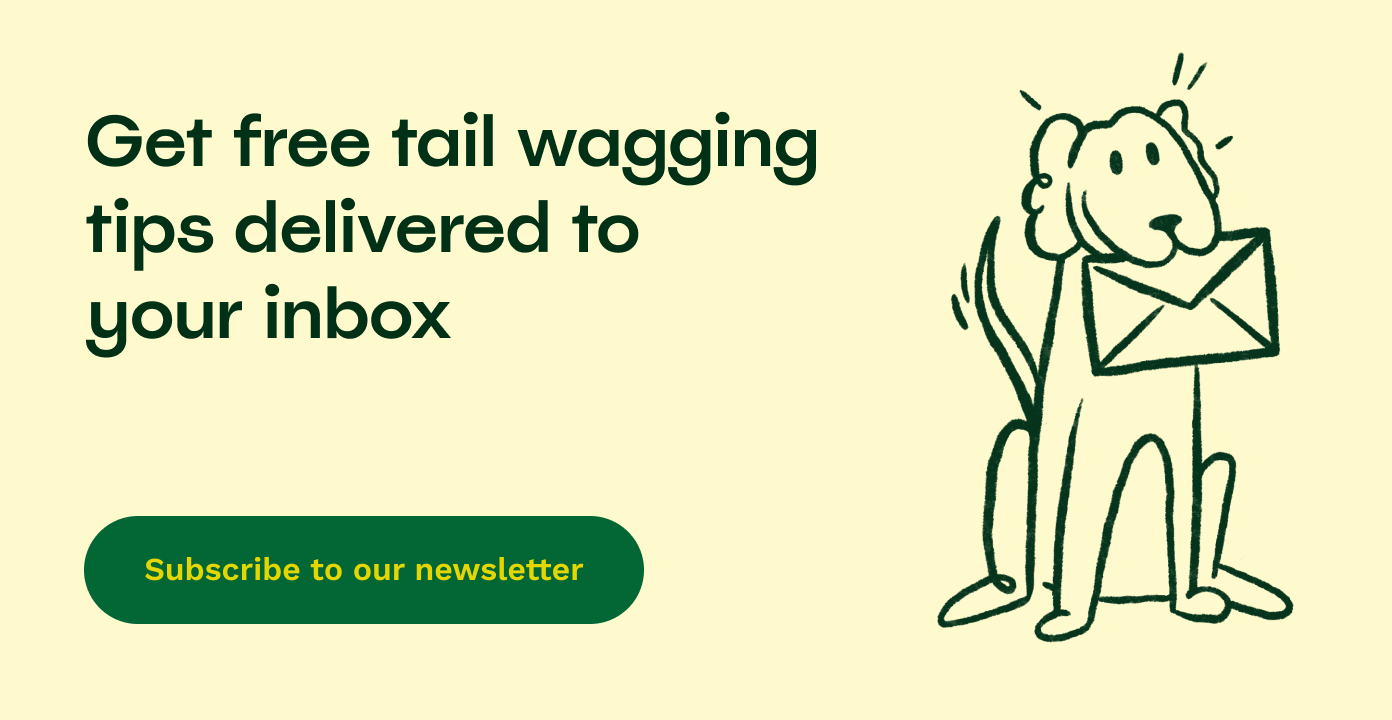How to Tell If Your Dog Respects You: Key Signs to Watch
Gaining the loyalty and affection of a dog is usually straightforward; dogs are naturally trusting, honest, and open animals. When treated kindly and fairly, and when they clearly understand the boundaries and rules of their lifestyle, dogs generally bond deeply with their owners.
Dogs are, by nature, very loyal. They thrive with clear daily routines and firm, consistent leadership. Even the most energetic dogs feel secure when they have clear guidance and someone they can look up to. However, if a dog does not understand the boundaries or perceives themselves as the leader of the household, this can quickly lead to behavioural challenges.
Because dogs and people communicate differently, it’s not always easy to tell if your dog respects you. However, by observing their behaviour and body language carefully, you can find out for sure.
Understanding Canine Respect
Respect from your dog means they feel happy, secure, and relaxed in your presence. Respect is very different from fear — a respectful dog trusts you and follows your lead willingly, not out of intimidation. When your dog respects you, they approach you calmly, allow grooming or handling without fuss, and look to you for guidance in new situations. Their eyes and ears will be alert but relaxed, reflecting a confident and comfortable demeanour.
1. Relaxed and Submissive Body Language
A respectful dog shows calm and open body language around you. They will have relaxed muscles, smooth fur lying flat, and a tail that is either gently wagging or quietly resting—never stiff or bristled. Their facial expressions are soft and peaceful. If you need to correct or reiterate a command, a respectful dog will avoid a direct stare that challenges you; instead, they might averting their gaze or subtly bow, signalling they recognise your authority without fear or resentment.
2. Allowing You to Lead
In the social structure of a pack, the leader goes first. Your dog will demonstrate respect by walking beside you or slightly behind, waiting for you to proceed through doors or narrow spaces rather than rushing ahead. A well-mannered dog waits patiently for you to take the lead in everyday activities. They accept waiting for their food calmly, understanding that you are fed first. Wearing the hat of leader includes setting boundaries around meals and seating arrangements; a respectful dog moves comfortably out of ‘prime spots’ when asked and doesn’t contest your authority.
3. Trust and Eye Contact
Mutual trust is key to respect. Your dog will seek you out for companionship and comfortable physical contact. They maintain gentle eye contact without signs of stress or aggression. Avoidance of eye contact, tucked tails, or tense muscles might suggest anxiety or a lack of trust. By building consistent, gentle leadership and positive reinforcement, you can nurture this trust, deepening your bond.
4. Listening and Following Guidance
A respectful dog pays attention to your commands and cues, demonstrating understanding beyond obedience. This active listening means your dog knows and respects the boundaries you set and responds willingly. Training that emphasises kindness, patience, and respect fosters this positive interaction.
5. Consistent Boundaries Prevent Disrespect
Disrespect often arises when boundaries are unclear or inconsistently enforced. Avoid enabling your dog’s unwanted behaviours by maintaining firm but fair rules. For example, if your dog should not sleep in certain areas, gently but promptly move them each time they try. Consistent boundaries provide security and clarity, helping your dog know their place within the family structure and strengthening their respect for you.
6. Avoid Rewarding Demanding Behaviour
While affection is important, give your dog attention on your terms, not theirs. Rewarding demanding or pushy behaviour can confuse your dog, undermining your leadership and encouraging disrespect. Encourage polite and calm behaviour and reinforce these with treats or praise.
7. Patience with Food and Resources
Food can be a flashpoint for respect. Your dog should wait calmly until you feed them and not beg or try to snatch food from plates or tables. Avoid giving table scraps during mealtimes to prevent entitlement or food guarding behaviour. When your dog respects you, they understand and accept their feeding routine as part of the established order.
Summary and Next Steps
Respect from your dog is shown through relaxed, submissive body language, patience, trustful behaviours like eye contact, and willingness to follow your guidance. Setting consistent, fair boundaries and encouraging positive behaviours will foster a happy, respectful relationship that benefits you both.
For those looking to find a new canine companion, it’s important to choose puppies or adult dogs from reputable breeders or rescue organisations that prioritise the health and temperament of their animals.
Observing these respectful behaviours in your dog will deepen your bond and make your life together more joyful and harmonious.



